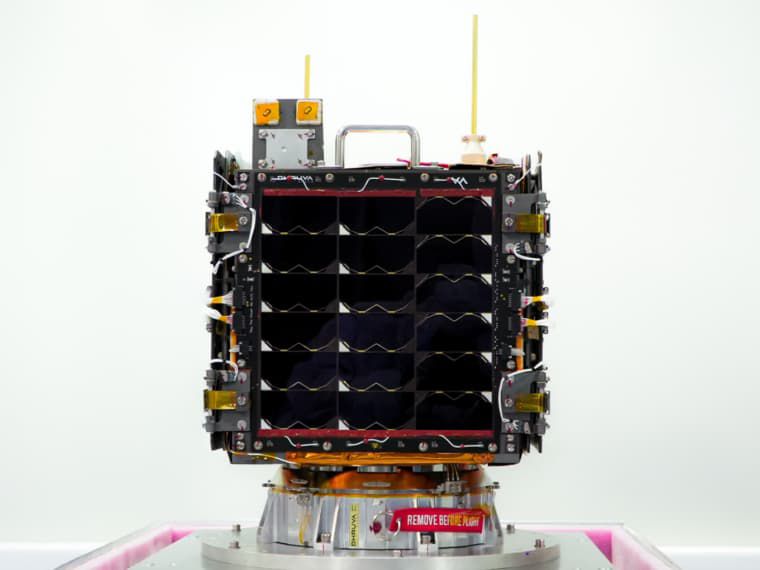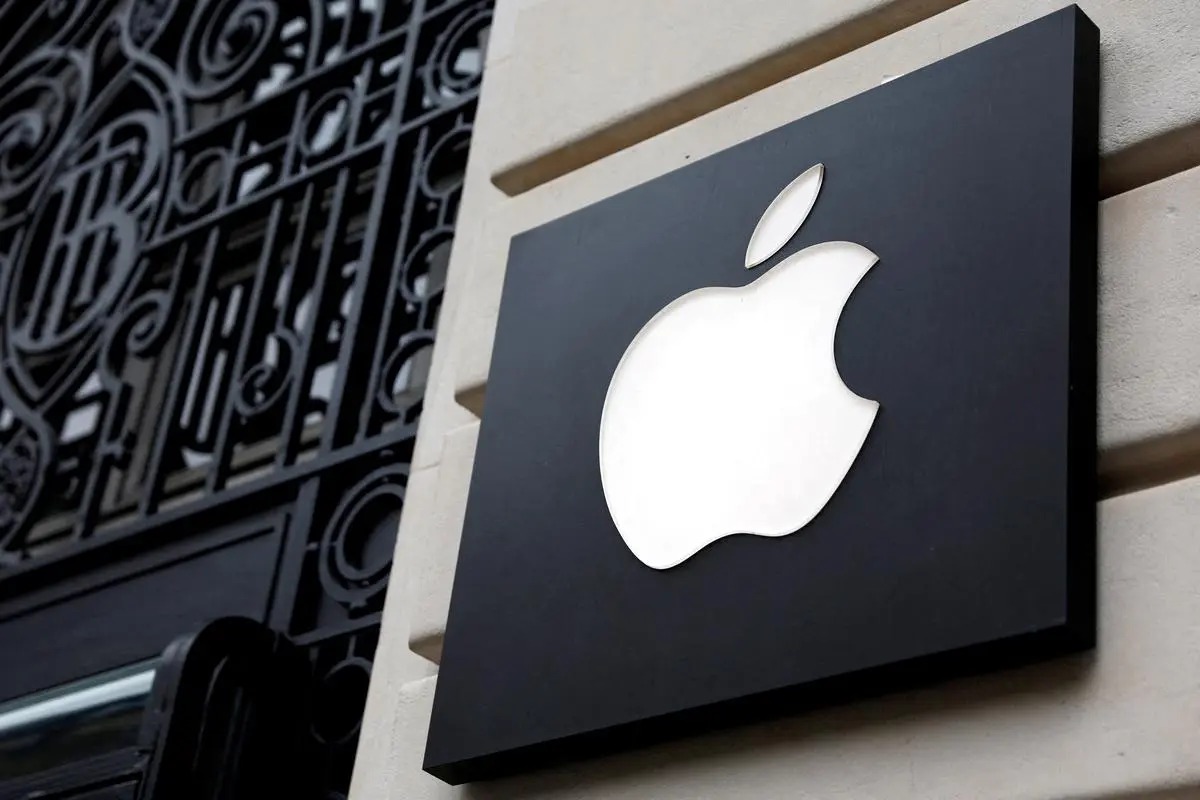 Image Source: Inc42
Image Source: Inc42
Hyderabad-based spacetech startup Dhruva Space is preparing to launch its inaugural commercial satellite mission, LEAP-1, aboard the SpaceX Falcon 9 rocket in the third quarter of 2025. This pivotal mission represents a critical transition for Dhruva Space from technology demonstration to full-fledged commercial operations in the global satellite market, showcasing India’s growing prowess in the private space sector alongside strong international collaborations.
Key Highlights: LEAP-1 Mission Overview and Technological Edge
LEAP-1 will fly on Dhruva Space’s indigenously developed P-30 satellite platform, a modular and payload-agnostic bus that was space-qualified successfully during a demonstration mission on ISRO’s PSLV-C58 in January 2024.
The mission carries two advanced payloads from Australian companies, reinforcing a robust Indo-Australian partnership:
Akula Tech’s Nexus-01: An Artificial Intelligence-powered module capable of real-time onboard data processing and in-orbit machine learning model retraining to enhance responsiveness in earth observation tasks.
Esper Satellites’ OTR-2: A cutting-edge hyperspectral imager that captures rich spectral data aiding applications such as environmental monitoring, agriculture, and mining.
The payload fusion aims to leverage AI and hyperspectral imaging technologies to serve diverse sectors including defence, disaster management, climate and environmental monitoring, agriculture, and mining.
Mission Management and Operational Innovations
Dhruva Space integrates LEAP-1 with its proprietary Ground Station-as-a-Service (GSaaS) and Integrated Space Operations & Command Suite (ISOCS), enabling real-time mission control, data downlink, and payload management to streamline operational efficiency and customer engagement.
The hosted payload service model enables customers to deploy their technology onboard Dhruva’s platform without investing in full satellite ownership, democratizing access to space capabilities.
The mission exemplifies a growing shift toward AI-powered satellite systems, improving decision-making speed and enabling onboard processing that reduces the reliance on ground infrastructure for urgent data interpretation.
Strategic and Industry Significance
LEAP-1 marks Dhruva Space’s commercial debut and reflects India’s expanding footprint in the global space economy, spotlighting private sector innovation beyond traditional government programs.
The mission benefits from strong international cooperation, with support from the Australian Space Agency and growing U.S. engagement, underscoring the strategic value of cross-border partnerships in space technology and commercialization.
It follows a successful space qualification of Dhruva’s P-30 bus and signifies India’s ambition to be a competitive player in hosted payload services, satellite platform manufacturing, and space operations.
Dhruva Space’s increasing customer interest spans India, Europe, and Australia, indicating global confidence in their scalable technology and service-oriented business model.
Applications and Societal Impact
The onboard AI payload provides near-real-time analytics critical for rapid disaster response including fire detection and spectral anomaly analysis.
Hyperspectral imaging enhances precision agriculture by detecting crop health variations and supports mining operations through detailed mineral mapping.
Environmental agencies can leverage spectral data for monitoring pollution, land degradation, and ecosystem changes, contributing to sustainable resource management.
Challenges and Opportunities Ahead
Commercial satellite launches require rigorous coordination with launch providers; partnering with SpaceX’s reliable Falcon 9 platform ensures competitive access to orbit.
As satellite constellations and hosted payload demand grow, Dhruva Space plans to expand its P-30 platform’s capabilities and customer base.
The start-up faces the task of balancing cost efficiencies with high-tech innovation to remain competitive while advancing indigenous technology development in India.
Future Outlook
Dhruva Space’s LEAP-1 launch sets a precedent for increased private participation in India’s space sector aligned with the government’s vision of Atmanirbhar Bharat and Make in India.
Upcoming missions and platform enhancements foresee integration of more diverse payloads with higher AI autonomy and increased data throughput capabilities.
GT collaboration, advanced mission management software, and service ecosystem development will be key to scaling commercial satellite offerings in a competitive global market.
Conclusion
The LEAP-1 mission aboard SpaceX’s Falcon 9 heralds a new chapter for Dhruva Space and India’s private aerospace industry. Combining indigenous satellite technology, AI-driven payloads, and strategic international partnerships, Dhruva Space is poised to deliver innovative, responsive satellite solutions supporting critical sectors. This milestone not only strengthens India’s position as a rising space tech hub but also illustrates how technology startups can lead global space commercialization efforts with visionary collaboration and cutting-edge innovation.
Sources: Inc42, Times of India, Business Standard
Advertisement
Advertisement




